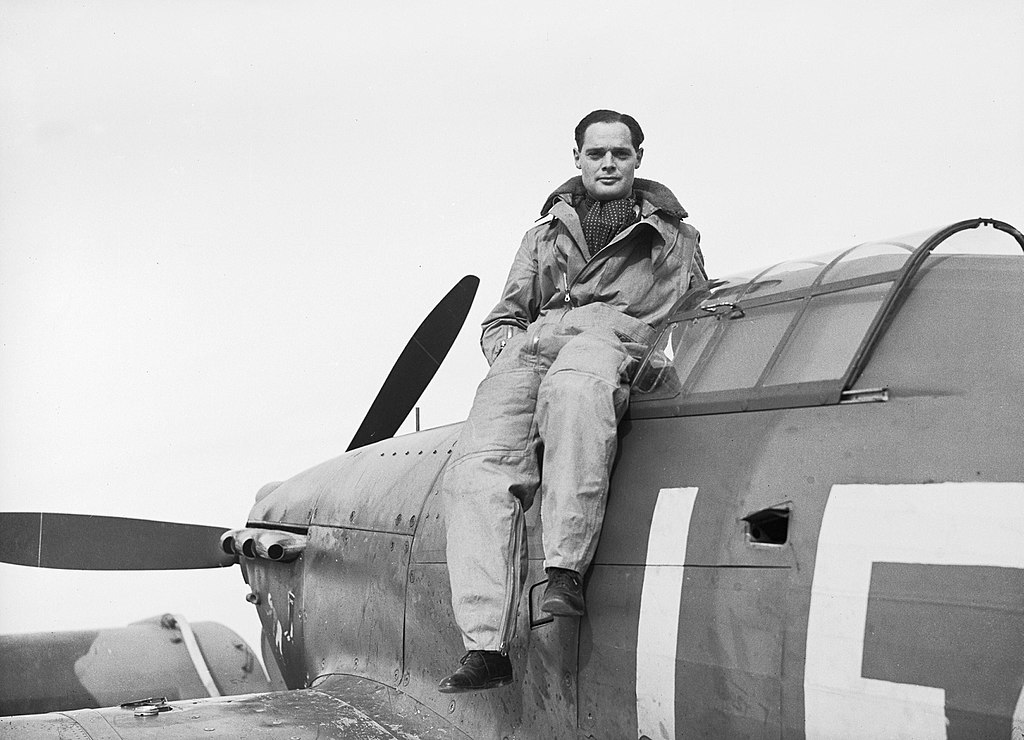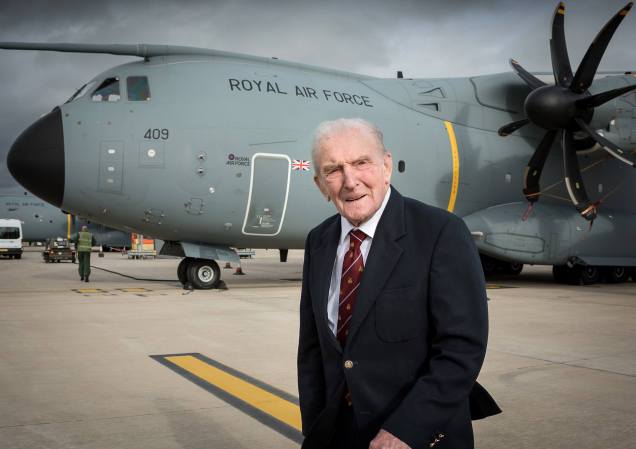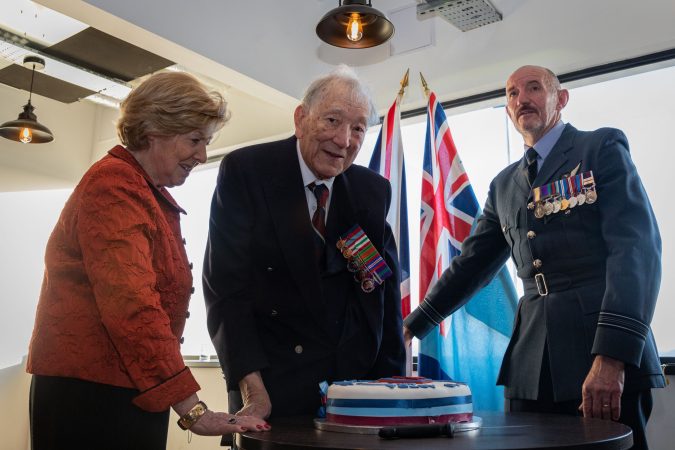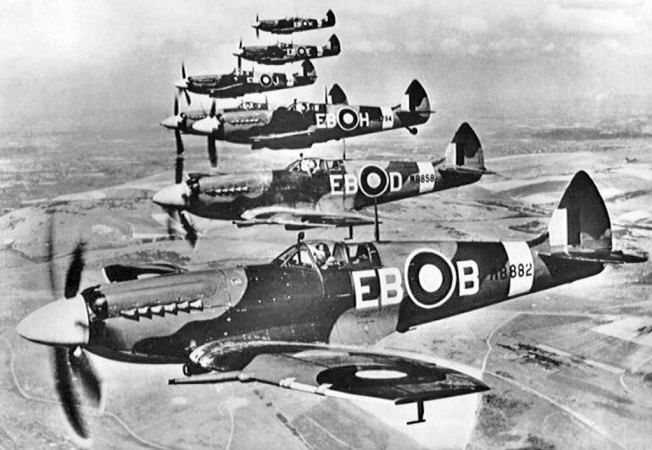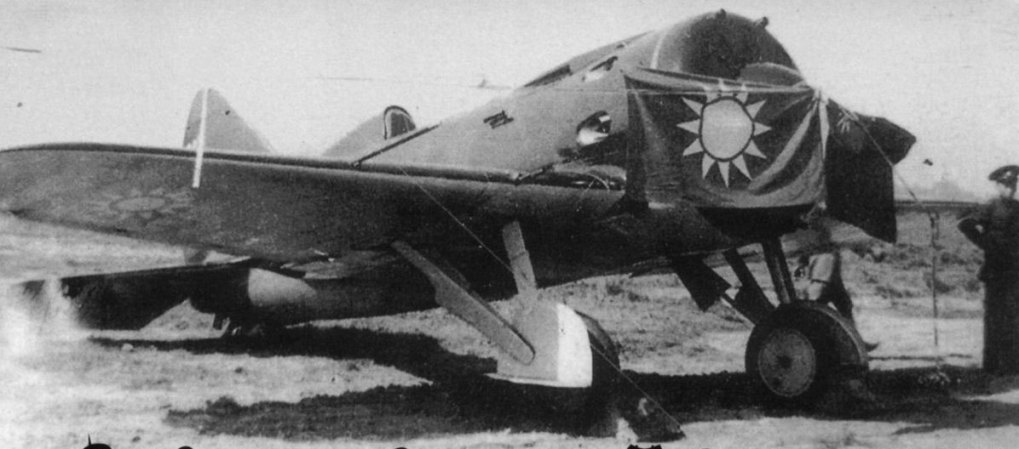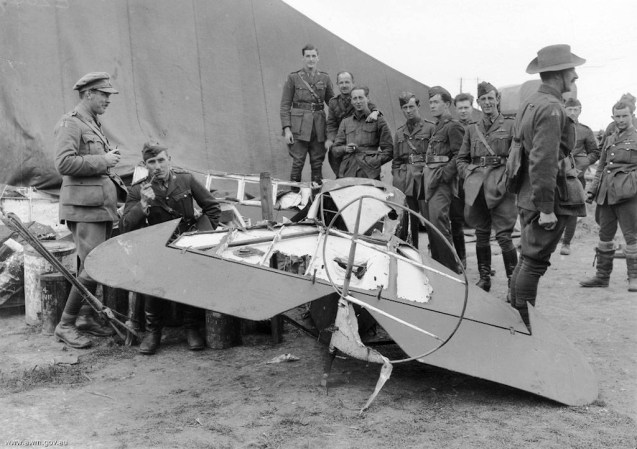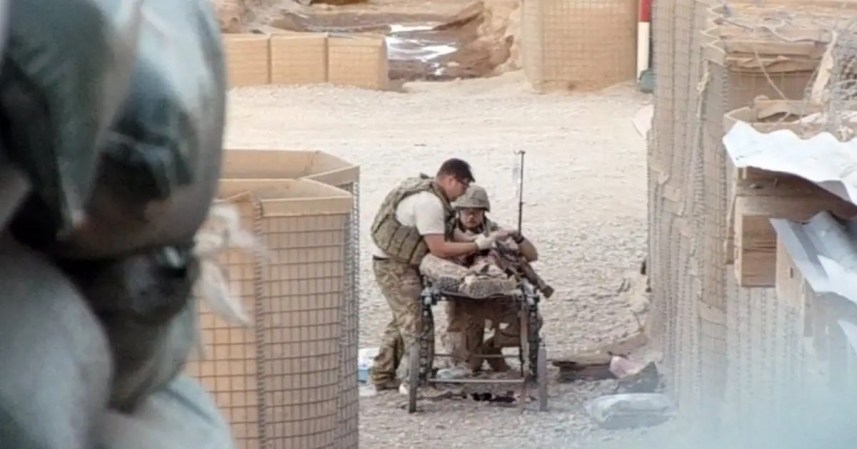Sir Douglas Bader was a celebrated World War II pilot, who earned an array of decorations from the British Empire for his service in the war. On top of 22 aerial victories, he is credited with shared victories, nearly a dozen enemy aircraft damaged, and enough “probables” to make him an ace once over. He did it all in the early years of the war, and with an odd ace up his sleeve.
Bader flew with a handicap: he was missing both legs, both lost to an accident before the war. The British Air Ministry was apprehensive about allowing him on fully flying status, but their fears were not only unfounded, they were dead wrong. Missing his two legs gave Bader an advantage in aerial combat.
The celebrated pilot actually joined the Royal Air Force long before World War II broke out in Europe. He was an accomplished athlete, but didn’t show an early interest in being a pilot. But he joined the RAF in 1928 at age 18, becoming an officer cadet. When he finally went up in a biplane the next year, he was hooked.
As a pilot, as in athletics, Bader pushed the limits of his capabilities. He competed for awards before he was ever made a full-fledged pilot in the RAF. When he did get his pilots’ wings, he pushed the envelope even further, performing aerial stunts to show off his skills. His commanders even encouraged their pilots’ daring, but those displays came back to haunt him.
In 1931, he was attempting a daring, low-altitude series of maneuvers in a Bulldog Mk. II when the tip of one of his wings brushed the ground, causing Bader’s Bulldog to crash at a high speed. He survived the accident, but doctors were forced to amputate both of his legs, one above the knee and the other below. It looked as though his flying career was over for good.

Bader wasn’t the kind to just accept physical limitations. In 1932, he proved his mettle by jumping back into the cockpit of another Avro 504 biplane, the same plane that caused him to fall in love with flying in the first place. He proved to the RAF he could still fly and a subsequent medical examination agreed. He was still drummed out of the RAF and went to work as a commercial pilot. Then, a few years later, World War II became imminent.
The RAF was short of qualified pilots, so Bader repeatedly offered to rejoin. In 1939, they called him for a flight test, which he passed with flying colors. After taking a refresher course on modern aircraft, he was accepted again into the RAF. He was soon flying Supermarine Spitfires over France, scoring aerial victories.
Stunned by his ability, the RAF believed Bader was able to fly with greater G-forces because he had no legs. It was surmised that pilots with legs would pass out while flying at much lower G-forces, and it gave him an advantage over enemy pilots while conducting aerial maneuvers. He was successful in the Battle of France, conducting fighter sweeps over Dunkirk, and fought in large formations during the Battle of Britain.
Bader was promoted to Wing Commander in 1941, where he began to test and advocate for strategies and tactics for RAF aerial combat that went against established doctrine. Unlike other pilots who were ready to take a break from the action, Bader wanted to add to his mounting score at every opportunity. By mid-1941, he had racked up 20 aerial kills, with a handful of probable kills and assists.
In the summer of 1941, he was conducting fighter sweeps over occupied France. On August 9, 1941, he found himself separated from his air section and alone when he was jumped by four German Messerschmidt fighters. He took down one and wounded another before a mid-air collision took off his rear section. He bailed out and was captured.
The Germans treated Bader with the respect they would give one of their own, even offering him tours of airfields and aircraft and wiring the British Air Ministry to deliver a prosthetic leg to replace one he lost in the bailout. He still attempted a number of daring escapes, but spent the rest of the war as a POW.

